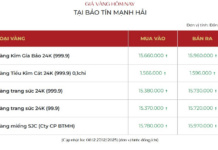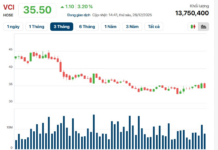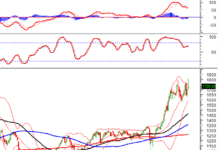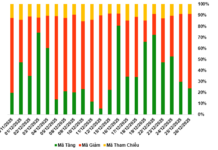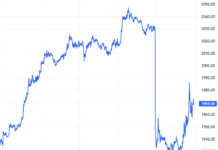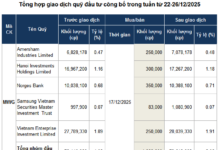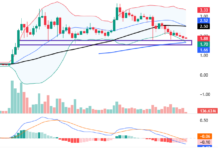The first half of 2025 has seen Vietnam’s labor market facing challenges related to skill quality, regional disparities, informal employment, and job insecurity.
Vieclam24h’s Q2 2025 labor market report, titled “Current Psychological State of Workers and the Disconnection Between Labor Supply and Demand,” is based on a survey of nearly 3,000 workers and businesses in May and June 2025. The report reveals a wave of job cuts across various sectors, including manufacturing, retail, finance, and technology.
Addressing the Disconnect Between Workers and Businesses
The report highlights that over 2,500 bank employees were laid off, and there were multiple rounds of layoffs in export-oriented industries. Globally, the technology sector lost 72,000 jobs, while retail lost 64,000 positions. These numbers reflect both global economic pressures and prolonged instability in Vietnam’s labor market, which heavily relies on exports (30% to the US).
Notably, the impact of these job cuts goes beyond those who lost their jobs. The report indicates that approximately 50% of remaining employees feel significant pressure and anxiety about their future as they have to take on additional work. More than 60% no longer feel attached to their companies, and up to 80% are considering exploring new opportunities, with 50% already taking active steps. This suggests a “silent brain drain” and a decline in personal motivation and trust in corporate leadership as capable employees leave.
According to Talentnet Group, only about 29% of employees trusted their leadership in 2025. Commenting on this issue, labor psychology expert Dr. Bui Hong Quan said, “When trust is lost, all recovery efforts through salary or policies are just patchwork. Companies need to invest in their employees’ morale just as they invest in productivity.”
The report also identified young workers (18-24 years old) and middle-aged workers (35-54 years old) as the most affected demographics. Interns, recent graduates, unskilled workers, operations, technical, and financial positions were more likely to be cut, while customer-facing and technology-related roles (marketing, sales, IT) were retained. This reflects businesses’ focus on growth and digital transformation but also exacerbates inequality in the job market.
The sense of insecurity impacts not only work efficiency but also overall labor productivity. An employee in the real estate business in Ho Chi Minh City shared, “I still go to work and get paid, but I always feel like I’m next in line to be laid off. I dare not make any suggestions or mistakes. It’s like walking on a tightrope.”
Businesses have also witnessed a rise in voluntary resignations and a noticeable decline in employee morale.
A Cautious Market Recovery
The report also highlights a silver lining: the resilience and positive spirit of Vietnamese workers. While more than 70% of those who lost their jobs experienced negative emotions such as financial worries or loss of motivation, nearly 30% saw it as an opportunity for change, a significantly higher proportion than in international studies. This showcases the adaptability of Vietnam’s workforce, laying the foundation for future recovery.
Despite the challenges, the labor market in the final months of 2025 holds opportunities for recovery. This is driven by the momentum to achieve a GDP growth rate of over 8% by the end of the year, putting pressure on businesses. Vieclam24h’s report indicates that 56.2% of companies plan to expand their workforce, focusing on business, sales, production engineering, skilled manual labor, and mid-level management positions.
This is positive news for the service and industrial sectors, which contributed significantly to GDP growth (8.1% and 8.3% in the first half of 2025). An 18% increase in exports and a 9.3% rise in retail indicate a continued demand for labor in these sectors.
However, the recovery process may not be uniform as businesses still face recruitment challenges. 77.4% of companies reported facing more difficulties than in 2024 due to a lack of suitably skilled candidates and high expectations from job seekers. The mismatch between corporate recruitment strategies and job seekers’ expectations regarding benefits makes the hiring process arduous. Therefore, businesses must adjust their strategies, focusing on improving benefits, skill development, and building trust through transparent communication.
For young workers, the challenges remain significant. Only 23.4% of companies plan to hire recent graduates or interns, while the 18-24 age group is the most vulnerable to job cuts. The lack of opportunities for young workers could result in a waste of human potential during this economic growth phase.
On the other hand, job seekers are taking initiative in re-entering the market, with 72.7% of those who lost their jobs resuming their job search, and 24.7% finding suitable employment. However, to overcome instability and seize opportunities in the final months of the year, both businesses and job seekers need to take more decisive actions.
Businesses should focus on transparent downsizing decisions, invest in skill development and improved benefits to retain talent, implement smart technology to increase productivity and reduce pressure on remaining staff, and optimize recruitment strategies by focusing on key positions in business, engineering, and information technology.
For job seekers, it is essential to maintain a flexible mindset, be open to learning new skills, especially in technology and services, build personal brands through professional networks and online platforms like Vieclam24h, adjust financial expectations to market realities, and stay informed about market trends to make informed decisions.
Vietnam’s labor market in the first half of 2025 presents a “mismatch” between economic growth and recruitment challenges. The fear of job loss and declining employee engagement threaten the stability of the workforce in companies, while recovery opportunities in growth sectors offer hope for the second half. By addressing the issues mentioned above, both businesses and job seekers can turn challenges into opportunities and work towards a more sustainable labor market in the latter part of 2025.
The full article was published in the Vietnam Economic Magazine, Issue 31-2025, released on August 4, 2025. To read the full article, please visit: https://postenp.phaha.vn/tap-chi-kinh-te-viet-nam/detail/1544
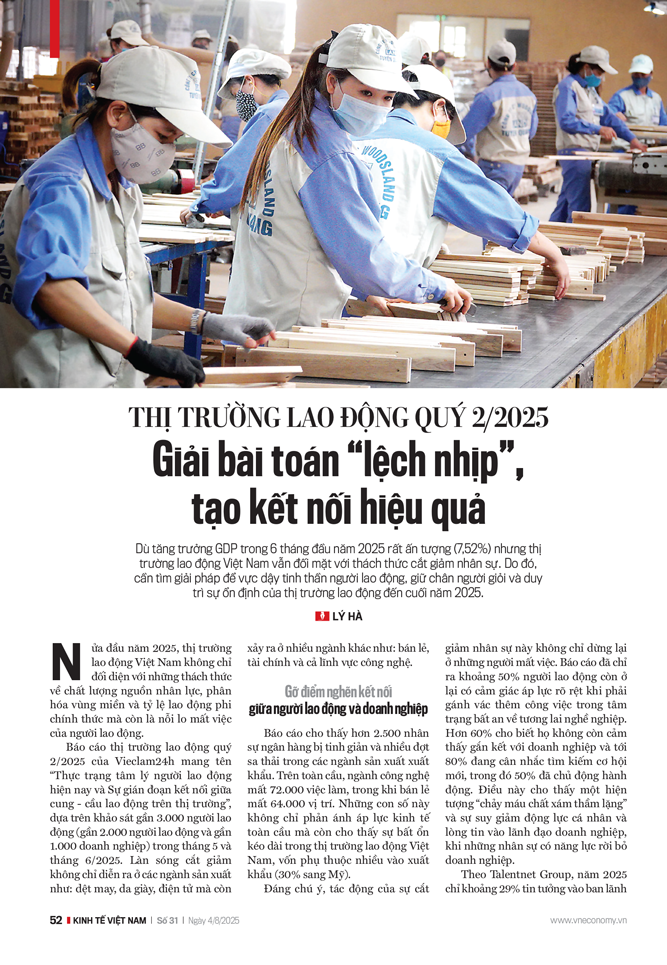
The New Normal: Salaries in Thanh Hoa Soar Above 400 Million VND, Leaving Bonuses in the Dust
The average salary at foreign-invested enterprises stands at 410 million VND per month, with the lowest being 3.45 million VND. This year’s expected Tet bonus in this locality peaks at 410 million VND per person, while the lowest is 50,000 VND.
The Rising Dragon: Vietnam’s Property Prices Soar Above the Rest
“Over a 5-year period, Vietnam’s property price growth reached an impressive 59%, outperforming many other countries such as the US (54%), Australia (49%), Japan (41%), and Singapore (37%). The high rate of price increase has led to a rental yield of just 4% for Vietnamese properties, while many other countries, including the Philippines, Malaysia, Thailand, Indonesia, the UK, Australia, and the US, enjoy rental yields ranging from 5% to 7%.”
The Stock Market’s Silver Lining: Opportunities for Latecomers
“As the year draws to a close, the market is receiving a plethora of positive support, providing ample opportunities for the VN-Index to extend its upward trajectory,” MBS stated.









